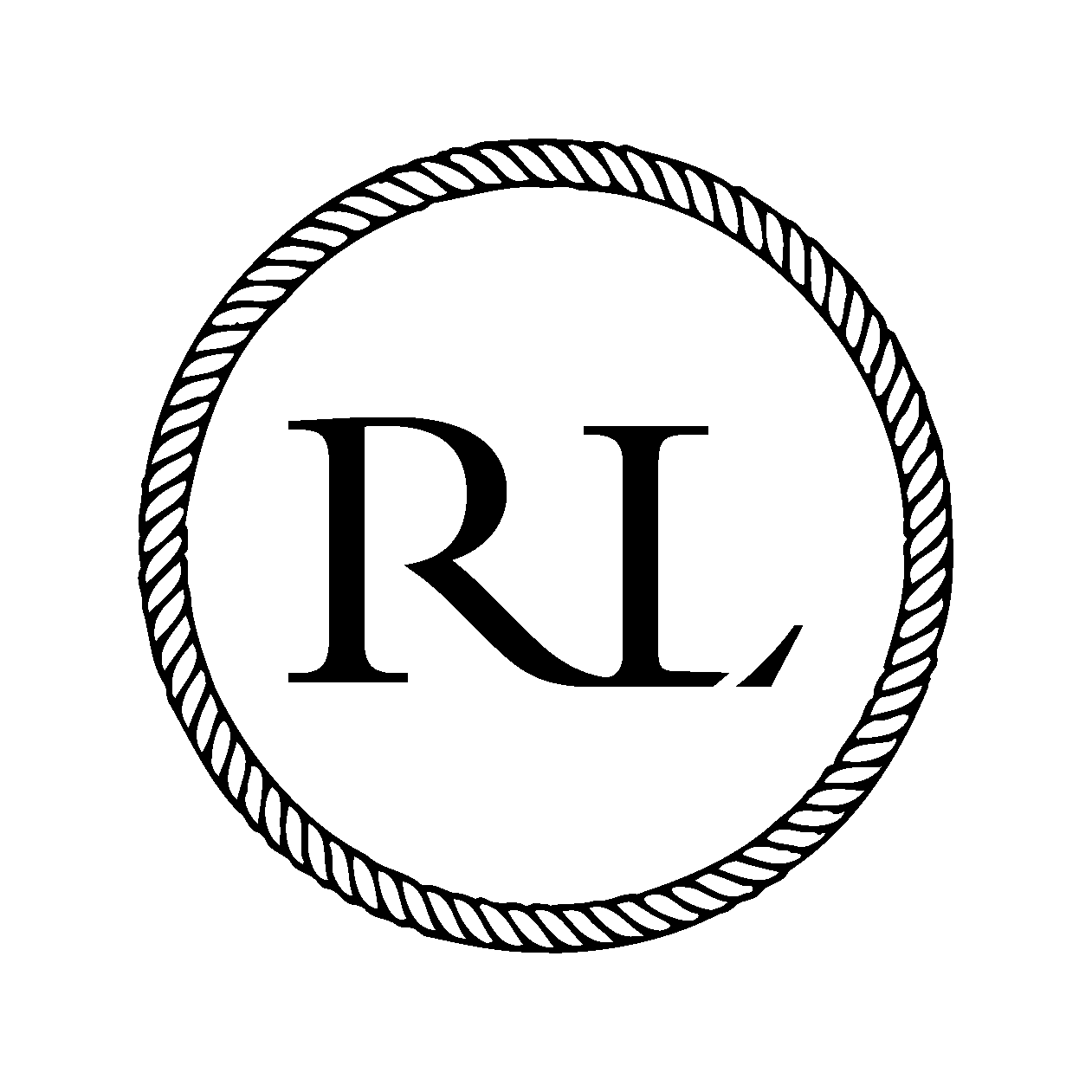Nose Makeover Showdown: Rhinoplasty vs. Septoplasty – Which One is for You?

Source: Freepik
Nose makeovers have become a trending topic of conversation among people seeking to refine their facial features and improve their breathing. With a growing desire to enhance one’s appearance, the availability of various nose job procedures has expanded, leaving individuals with a critical question: Which option is right for them?
Amidst various nose job surgeries, two procedures have risen to the top as the most popular contenders – Rhinoplasty and Septoplasty. While both aim to address nasal concerns, they serve different purposes. When considering a nose makeover, individuals often wonder whether they should opt for either Rhinoplasty or Septoplasty independently or if both procedures suit their unique needs. This crucial decision requires a clear understanding of the benefits and limitations of each approach.
We are here to give you an insightful and balanced perspective on nose makeovers. We aim to help you understand Rhinoplasty and Septoplasty, offering valuable information to assist you in making an informed choice that aligns perfectly with your goals.
Whether you wish to enhance the aesthetic appearance of your nose, improve breathing difficulties, or even explore the possibility of combining both procedures, we hope our blog can prove to be a deciding factor for your choice.
Let’s dive right in!
What Are Rhinoplasty and Septoplasty?
Rhinoplasty is a well-known and popular cosmetic procedure designed to enhance the nose’s appearance. Often referred to as a “nose job,” this surgical technique allows skilled plastic surgeons to sculpt the nose to achieve a more balanced and harmonious facial profile. Whether you wish to reduce the size of a prominent bump, refine the tip, adjust the nostril width, or correct any asymmetry, Rhinoplasty offers a range of possibilities.
Unlike Rhinoplasty, Septoplasty is primarily a functional nose surgery to correct a deviated septum. The septum is the thin cartilage and bone wall separating the nasal passages. When it becomes deviated or displaced, it can obstruct airflow, leading to breathing difficulties, snoring, and other related issues.
Key Difference Between Rhinoplasty vs Septoplasty
1. Purpose
The primary goal of Rhinoplasty is to enhance the aesthetic appearance of the nose. It involves reshaping and refining the nose to achieve a more proportionate and balanced facial profile. Whether it’s correcting a bump, reducing or increasing the size of the nose, refining the nasal tip, or adjusting the nostril width, rhinoplasty focuses on cosmetic improvements.
On the other hand, septoplasty is purely functional. Its purpose is to correct a deviated or misaligned septum, which can obstruct airflow through the nasal passages. By straightening or removing the deviated portion of the septum, septoplasty aims to improve breathing and alleviate associated issues like snoring and difficulty in breathing.
2. Surgical Approach
In an open rhinoplasty, a small external incision is made across the columella (the tissue between the nostrils), allowing the surgeon greater visibility and access to reshape the nose. In a closed rhinoplasty, incisions are made inside the nostrils, making them invisible after healing.
Typically, Septoplasty is performed using a closed approach, where all incisions are made inside the nostrils. This ensures that there are no visible external scars.
3. Surgeon Specialization
Ear, Nose and throat surgeons and Plastic surgeons commonly perform Rhinoplasty in cosmetic and reconstructive operations of the face and nose. Their expertise lies in achieving aesthetically pleasing results that align with the patient’s desired outcome.
Septoplasty is usually carried out by Ear, Nose, and Throat (ENT) specialists, focusing on the functional aspects of the nose and its airway.
4. Recovery Time
The recovery period for rhinoplasty may involve swelling and bruising around the nose and eyes. While the initial recovery takes a few weeks, it may take several months for the final results to become fully apparent. Recovery from septoplasty is typically quicker, with most patients experiencing reduced swelling and improved breathing within a few weeks after the surgery.
5. Combined Procedure
In some cases, individuals may benefit from combining both Rhinoplasty and Septoplasty. This combined procedure, known as Septorhinoplasty, simultaneously addresses cosmetic and functional concerns.
Reasons To Choose Rhinoplasty
-
Change in nasal bridge
Many people consider Rhinoplasty to address issues related to the nasal bridge. Whether you have a visible hump or depression on the bridge of your nose, Rhinoplasty can effectively smooth out these irregularities, creating a more balanced and aesthetically pleasing contour.
-
Reduce the size of the nose
For those who feel their nose is too prominent or disproportionate to their facial features, Rhinoplasty can be a game-changer. The procedure allows skilled surgeons to reduce the nose’s size carefully, ensuring it blends harmoniously with the rest of the face.
-
Improve nasal symmetry
Facial symmetry plays a crucial role in overall facial attractiveness. Rhinoplasty can help achieve better balance and alignment, resulting in a more proportionate appearance if your nose lacks symmetry or is tilted to one side.
-
Correction of nostrils size and shape
As an integral part of the nose, the size and shape of the nostrils can significantly impact its overall appearance. Rhinoplasty can address flared or asymmetric nostrils, refining them to create a more refined and appealing look.
Reasons To Choose Septoplasty
-
Difficult in breathing
One of the primary reasons people opt for Septoplasty is difficulty breathing caused by a deviated or misaligned septum. A deviated septum can obstruct the nasal passages, challenging breathing freely through one or both nostrils. Septoplasty aims to straighten the septum, allowing for improved airflow and better nasal function.
-
Chronic snoring
A deviated septum can contribute to chronic snoring, disrupting sleep patterns for the snorer and their sleep partner. By correcting the septal deviation through Septoplasty, snoring can be significantly reduced, providing relief and better sleep quality.
-
Sleep Apnea
In some cases, a deviated septum can exacerbate sleep apnea, a sleep disorder characterised by brief interruptions in breathing during sleep. Septoplasty can help alleviate the obstruction in the airway, contributing to the management of sleep apnea symptoms.
-
Recurrent and prolonged infections or sinusitis
A deviated septum can impede proper sinus drainage, leading to frequent sinus infections or sinusitis. Septoplasty can help restore the natural flow of mucus, reducing the occurrence and severity of these infections.
How to Know Which is the Best Procedure for You?
1. Define Your Goals
Are you primarily concerned about the cosmetic appearance of your nose, or do you also experience breathing difficulties? Understanding your priorities will provide a foundation for making an informed decision.
2. Consult with Qualified Surgeons
Schedule consultations with experienced surgeons who perform Rhinoplasty and Septoplasty. Discuss your concerns, expectations, and medical history during these appointments.
3. Understand the Procedures
Educate yourself about the procedures, their processes, potential risks, and expected outcomes. Consider the recovery time and the commitment required to achieve the desired results.
4. Consider Combination Procedures
Individuals may sometimes benefit from a combination of Rhinoplasty and Septoplasty, known as Septorhinoplasty. If you have cosmetic and functional concerns, this approach may be the best option to achieve your desired outcome.
5. Realistic Expectations
Set realistic expectations for the results of your chosen procedure. Be open to your surgeon’s advice and understand that each person’s outcome can vary based on their unique anatomy and healing process.
Have a consultation from Experts at Rhinoplasty LDN!
Choose the comforting expertise of Rhinoplasty LDN, as our team of experienced facial plastic surgeons and ENT specialists provide the best nose job experience in London.
With a focus on open communication and transparency, we aim to ensure that you thoroughly understand both Rhinoplasty and Septoplasty and any combination procedures that may suit your needs. Our primary concern is your well-being and satisfaction, and we take great pride in creating natural and harmonious results that enhance your facial features while preserving your individuality.
So, take the comforting step towards your nose makeover transformation and experience the compassionate care of Rhinoplasty LDN. We are here to make your dreams a reality, guiding you towards a nose that reflects your true beauty and brings you newfound joy and self-assurance.
Frequently Asked Questions
Septoplasty is a functional nose operation to correct a deviated septum to improve breathing. Rhinoplasty is a cosmetic procedure focused on enhancing the nose's appearance by reshaping its size, shape, or proportions.
